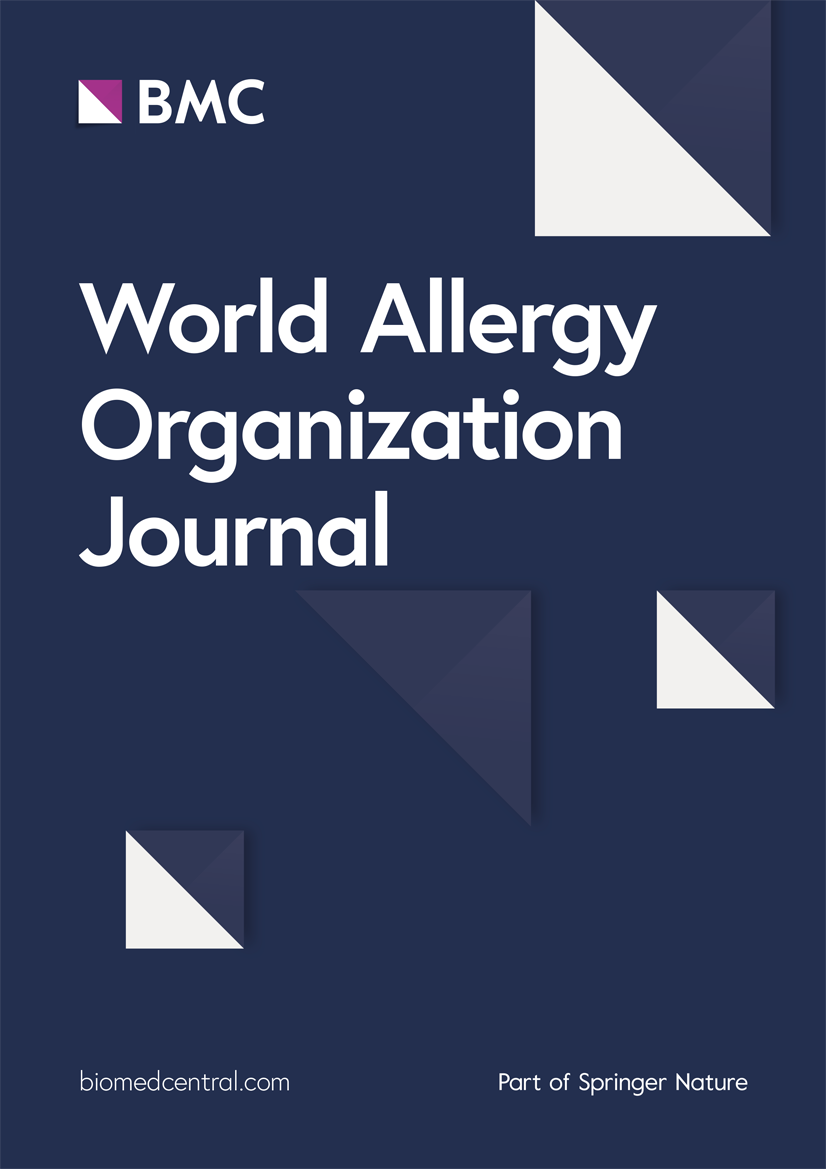LncRNA PELATON regulates Th2 cell differentiation by miR-10b-5p/GATA3 axis in allergic rhinitis
IF 4.3
2区 医学
Q2 ALLERGY
引用次数: 0
Abstract
Background
Long non-coding RNAs (lncRNAs) have been increasingly recognized as critical regulators in the pathogenesis of immunoinflammatory diseases. Nevertheless, their mechanistic contributions to Th2-driven allergic rhinitis (AR) remain unclear. This study investigated the immunomodulatory function of lncRNA PELATON in AR pathogenesis by exploring its regulatory effects on Th2 cell differentiation.
Methods
A total of 32 participants were enrolled, comprising 16 patients diagnosed with AR and 16 control subjects. The allergy levels of the participants were assessed using the skin prick test (SPT), and the levels of PELATON expression in PBMCs were detected by qPCR. Spearman's correlation analysis was used to calculate the correlation between the 2 variables. Changes in GATA3, IL-4, IL-5, and IL-13 expression were examined, as well as changes in Th2 cell differentiation resulting from the overexpression of PELATON and miR-10b-5p. Modulation of miR-10b-5p and GATA3 expression by PELATON was studied via transcriptome sequencing, dual-luciferase reporter assays, and in vitro experiments.
Results
LncRNA PELATON expression was elevated in patients with AR and showed a significant correlation with allergy levels. PELATON was enriched in CD4+T cells. Overexpression of PELATON in PBMCs led to an increase in the proportion of Th2 cells and the levels of GATA3, IL-4, IL-5, and IL-13 expression, while the overexpression of miR-10b-5p reduced the expression levels of GATA3, IL-4, IL-5, and IL-13. PELATON bound directly to miR-10b-5p and inhibited the negative regulatory effect of miR-10b-5p on GATA3, thereby forming a ceRNA network that promoted Th2 cell differentiation.
Conclusion
LncRNA PELATON competitively binds to miR-10b-5p and promotes GATA3 expression, resulting in Th2 cell differentiation and activation in AR. Formation of the lncRNA PELATON/miR-10b-5p/GATA3 ceRNA network is a regulatory mechanism that offers new possibilities for finding therapeutic targets for AR.
LncRNA PELATON通过miR-10b-5p/GATA3轴调控变应性鼻炎中Th2细胞的分化
长链非编码rna (lncRNAs)越来越被认为是免疫炎症疾病发病机制中的关键调控因子。然而,它们对th2驱动的过敏性鼻炎(AR)的机制作用尚不清楚。本研究通过探究lncRNA PELATON对Th2细胞分化的调控作用,探讨其在AR发病机制中的免疫调节功能。方法共纳入32名受试者,其中16名诊断为AR的患者和16名对照组。采用皮肤点刺试验(SPT)评估受试者的过敏水平,采用qPCR检测pbmc中PELATON的表达水平。采用Spearman相关分析计算两个变量之间的相关性。检测GATA3、IL-4、IL-5和IL-13表达的变化,以及过表达PELATON和miR-10b-5p导致的Th2细胞分化的变化。通过转录组测序、双荧光素酶报告基因测定和体外实验研究PELATON对miR-10b-5p和GATA3表达的调节。结果slncrna PELATON在AR患者中表达升高,且与过敏水平显著相关。PELATON在CD4+T细胞中富集。在PBMCs中,过表达PELATON导致Th2细胞比例和GATA3、IL-4、IL-5、IL-13表达水平升高,而过表达miR-10b-5p导致GATA3、IL-4、IL-5、IL-13表达水平降低。PELATON直接与miR-10b-5p结合,抑制miR-10b-5p对GATA3的负调控作用,从而形成促进Th2细胞分化的ceRNA网络。结论lncRNA PELATON与miR-10b-5p竞争性结合,促进GATA3表达,导致AR中Th2细胞分化和活化。lncRNA PELATON/miR-10b-5p/GATA3 ceRNA网络的形成是一种调控机制,为寻找AR的治疗靶点提供了新的可能性。
本文章由计算机程序翻译,如有差异,请以英文原文为准。
求助全文
约1分钟内获得全文
求助全文
来源期刊

World Allergy Organization Journal
Immunology and Microbiology-Immunology
CiteScore
9.10
自引率
5.90%
发文量
91
审稿时长
9 weeks
期刊介绍:
The official pubication of the World Allergy Organization, the World Allergy Organization Journal (WAOjournal) publishes original mechanistic, translational, and clinical research on the topics of allergy, asthma, anaphylaxis, and clincial immunology, as well as reviews, guidelines, and position papers that contribute to the improvement of patient care. WAOjournal publishes research on the growth of allergy prevalence within the scope of single countries, country comparisons, and practical global issues and regulations, or threats to the allergy specialty. The Journal invites the submissions of all authors interested in publishing on current global problems in allergy, asthma, anaphylaxis, and immunology. Of particular interest are the immunological consequences of climate change and the subsequent systematic transformations in food habits and their consequences for the allergy/immunology discipline.
 求助内容:
求助内容: 应助结果提醒方式:
应助结果提醒方式:


